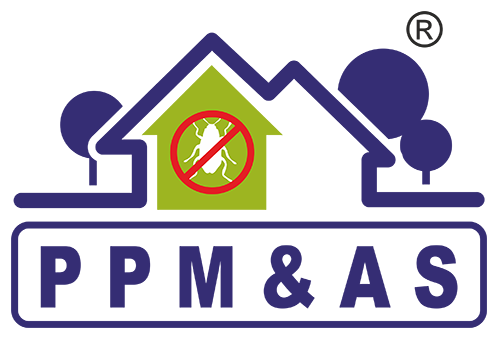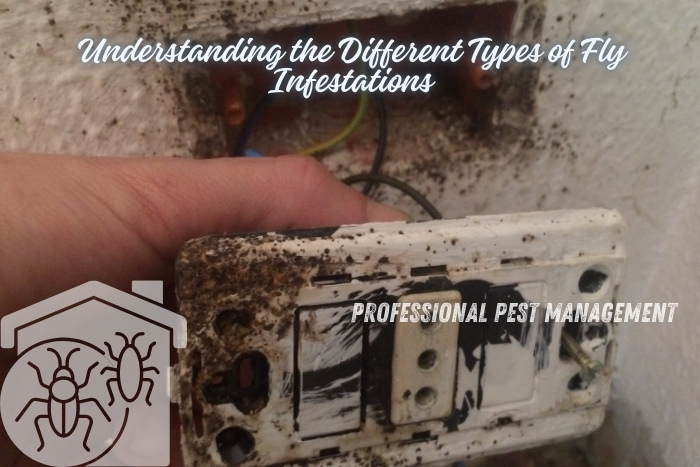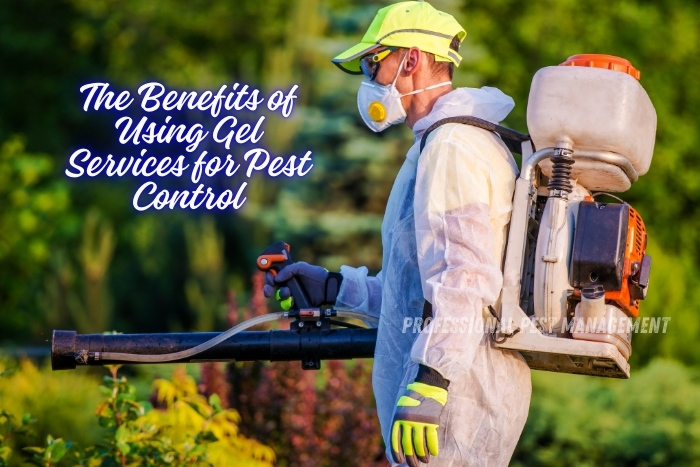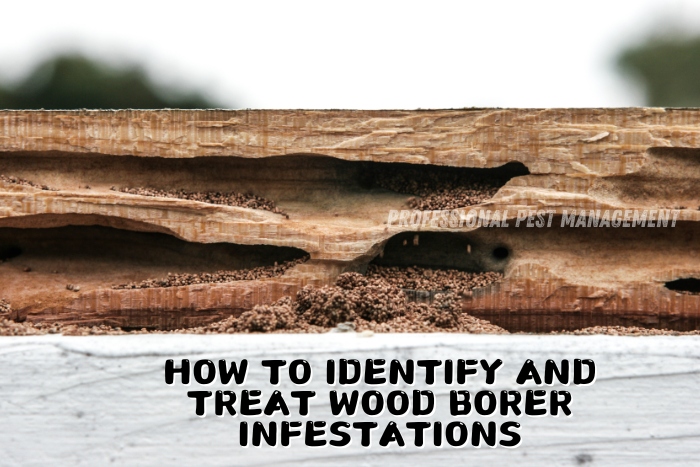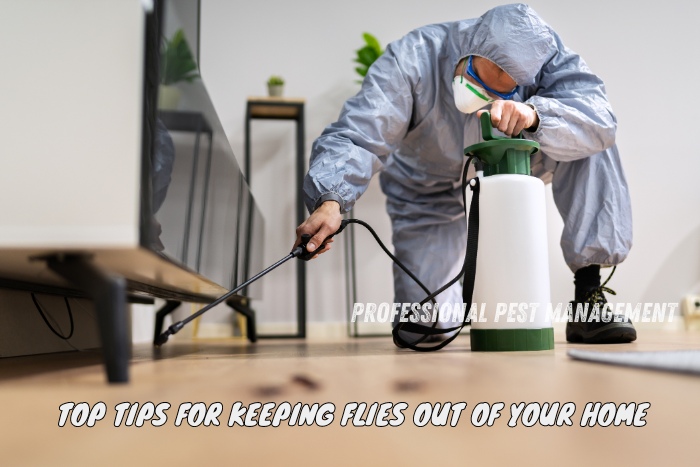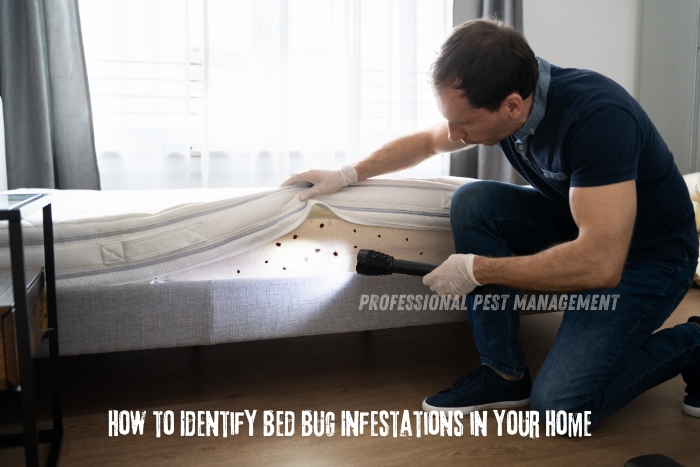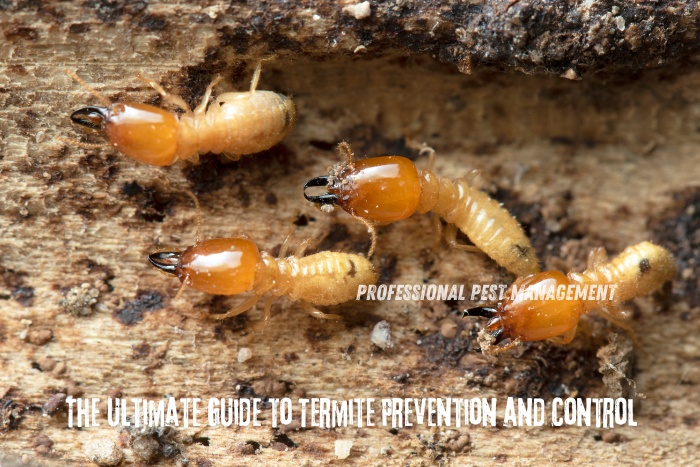Flies may carry viruses and toxins that are dangerous to your health and hygiene, making them more than simply a bother. Comprehending the several varieties of fly infestations is vital for efficient handling and avoidance. Our goal at Professional Pest Management And Allied Services Pvt. Ltd in Chennai is to offer thorough information about fly infestations and effective methods for dealing with them.
Introduction to Fly Infestations
One of the most prevalent pests in homes and workplaces are flies. They may proliferate quickly, making infestations challenging to contain if left unchecked. Food, garbage, and moisture are the things that draw flies, and these things are prevalent in both home and business settings.
The Common Types of Flies
House Flies
The most common kind of insect found globally are house flies. They are drawn to waste, excrement, and decaying organic materials and are renowned for their rapid reproduction cycle. Pathogens that cause food poisoning and other illnesses can be carried by house flies.
Fruit Flies
Fruit flies have a tan or brownish appearance and are little, typically measuring less than 1/8 inch in length. Ripe or fermenting fruits and vegetables draw them in. Fruit flies may be a serious issue in residences, supermarkets, and dining establishments.
Drain Flies
Drain flies, also known as moth flies, are found near drains, sewers, and other moist areas where organic matter accumulates. They are tiny, hairy flies that can be a sign of plumbing issues or unsanitary conditions.
Blow Flies
Blow flies are larger, metallic-colored flies often found near decaying meat or carcasses. They are known for their rapid breeding and can be a significant concern in areas where hygiene is compromised.
Cluster Flies
Cluster flies are slightly larger than house flies and are known for clustering in large numbers, especially in attics and wall voids. They enter homes to overwinter and can be a nuisance due to their large numbers.
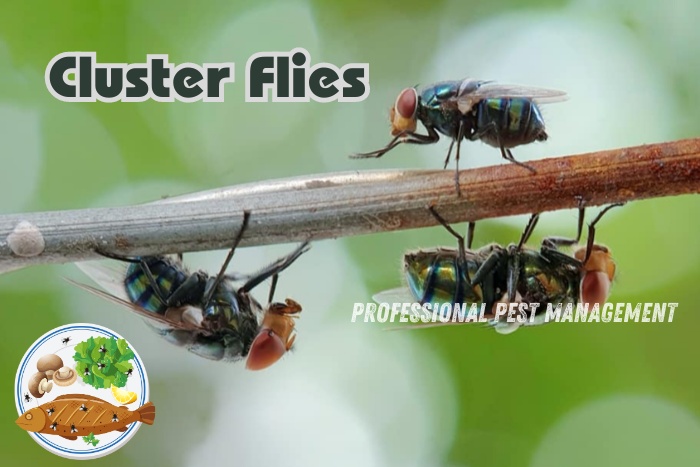
Identifying a Fly Infestation
Physical Signs
- Visible Flies: An obvious sign of infestation is the presence of numerous flies in your home or business.
- Larvae: Finding fly larvae (maggots) in decaying organic matter is a strong indicator of an active infestation.
- Clusters: Seeing clusters of flies, especially in windows and attics, can point to a specific type of fly problem.
Behavioral Signs
- Activity Patterns: Noticing flies active during the day or night can help identify the type of fly, as some species are more active at specific times.
- Breeding Sites: Identifying areas where flies breed, such as garbage bins, compost heaps, and drains, can help locate the source of the infestation.
Health Risks Associated with Flies
Flies can transmit a variety of diseases, including:
- Food Poisoning: Flies can contaminate food with pathogens such as Salmonella and E. coli.
- Dysentery: House flies can carry and spread bacteria that cause dysentery.
- Cholera: Certain species can transmit cholera through contaminated food and water.
- Eye Infections: Flies can also spread eye infections like conjunctivitis.
Prevention and Control Strategies
Hygiene and Sanitation
Maintaining cleanliness is the first line of defense against fly infestations. Here are some key practices:
- Regular Cleaning: Clean kitchen surfaces, drains, and garbage bins regularly to eliminate potential breeding sites.
- Proper Waste Disposal: Ensure that garbage is disposed of properly and that bins are sealed.
- Food Storage: Store food in airtight containers to prevent attracting flies.
Physical Barriers
- Screens and Nets: Install screens on windows and doors to keep flies out.
- Sealing Cracks: Seal cracks and gaps in walls and doors to prevent flies from entering your home.
Biological Control
- Predators: Introducing natural predators, such as certain types of parasitic wasps, can help control fly populations.
- Bacterial Insecticides: These are environmentally friendly options that target fly larvae.
Chemical Control
- Insecticides: Use insecticides as a last resort and follow the manufacturer’s instructions to ensure safety.
- Fly Traps: Various fly traps are available that use attractants to lure and capture flies.
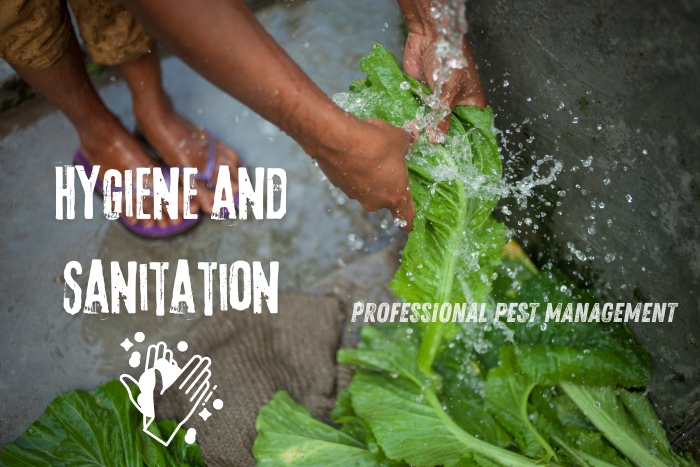
Professional Pest Control Solutions
When infestations become unmanageable, it is essential to seek professional help. At Professional Pest Management And Allied Services Pvt. Ltd in Chennai, we offer:
- Inspection: Comprehensive inspection to identify the type and extent of the infestation.
- Customized Treatment Plans: Tailored solutions to effectively eliminate the specific type of fly infestation.
- Follow-Up Services: Regular follow-up to ensure that the infestation is fully eradicated and to prevent future occurrences.
DIY vs. Professional Pest Control
While DIY methods can be effective for minor infestations, professional pest control services offer several advantages:
- Expertise: Professionals have the knowledge and experience to identify and treat infestations effectively.
- Advanced Tools and Techniques: Professional services utilize advanced tools and techniques that are often more effective than DIY methods.
- Safety: Professional treatments are conducted with safety in mind, ensuring the health of your family and pets.
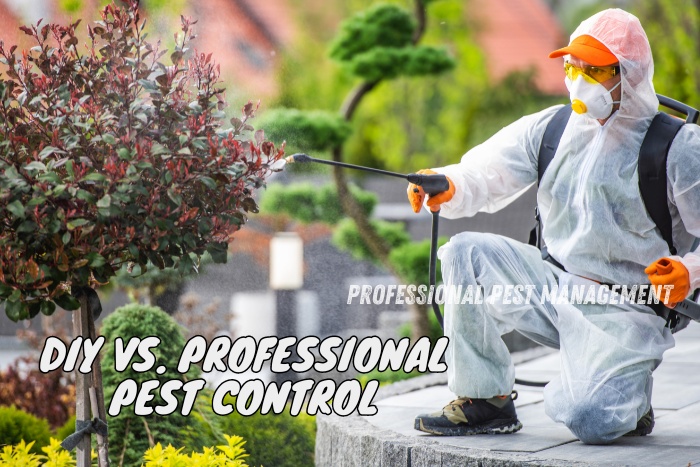
Conclusion
Understanding the different types of fly infestations and their associated risks is crucial for effective management and prevention. Maintaining proper hygiene, using physical barriers, and employing biological and chemical control methods can help keep your home or business fly-free. For persistent infestations, professional pest control services like those offered by Professional Pest Management And Allied Services Pvt. Ltd in Chennai provide reliable and effective solutions.
